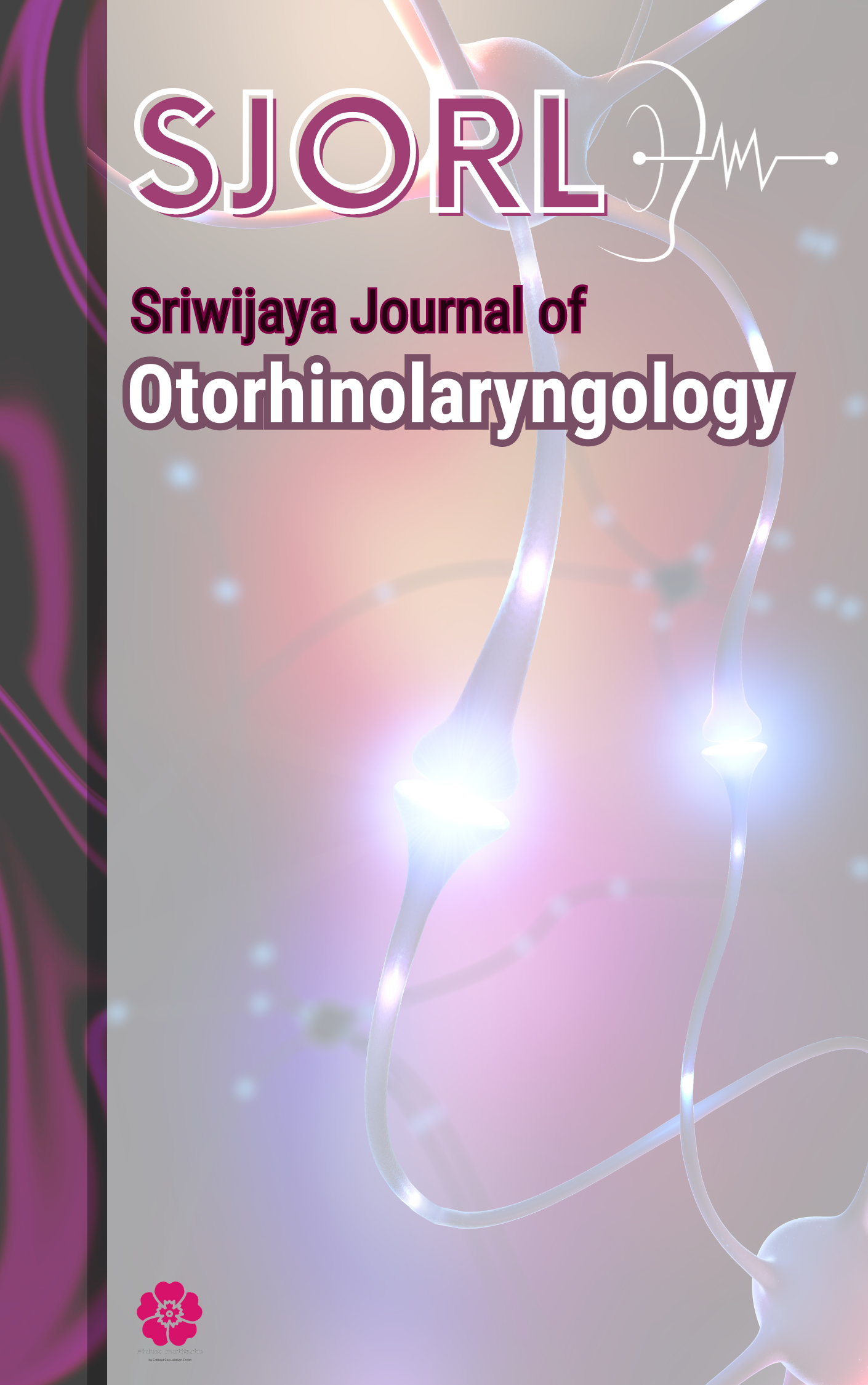Main Article Content
Abstract
This literature review aimed to describe the anatomical and histological aspects of the trachea, pharynx, larynx, and esophagus. The trachea is a tube-shaped respiratory tract consisting of cartilage and muscle and lined by a pseudostratified columnar ciliated epithelium. The pharynx is a funnel-shaped fibromuscular pouch that is large at the top and narrow at the bottom. This pouch starts at the base of the skull and continues through the esophagus to the level of the sixth cervical vertebra. The laryngopharynx is bordered superiorly by the upper edge of the epiglottis, anteriorly by the larynx, inferiorly by the esophagus, and posteriorly by the cervical vertebrae. The esophagus is a hollow cylindrical organ about 25 cm long and 2 cm in diameter, which extends from the hypopharynx to the cardia of the stomach. The esophagus lies posterior to the heart and trachea, anterior to the vertebrae, and pierces the diaphragmatic hiatus just anterior to the aorta. In conclusion, a thorough understanding of neck anatomy helps establish the diagnosis and management of patients in clinical situations.
Keywords
Article Details

This work is licensed under a Creative Commons Attribution-NonCommercial-ShareAlike 4.0 International License.
Sriwijaya Journal of Otorhinolaryngology (SJORL) allow the author(s) to hold the copyright without restrictions and allow the author(s) to retain publishing rights without restrictions, also the owner of the commercial rights to the article is the author.

